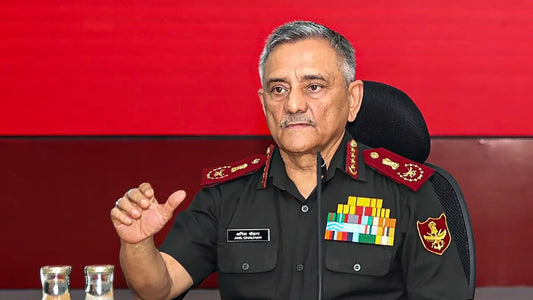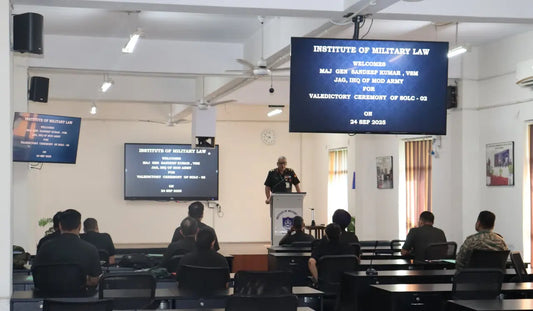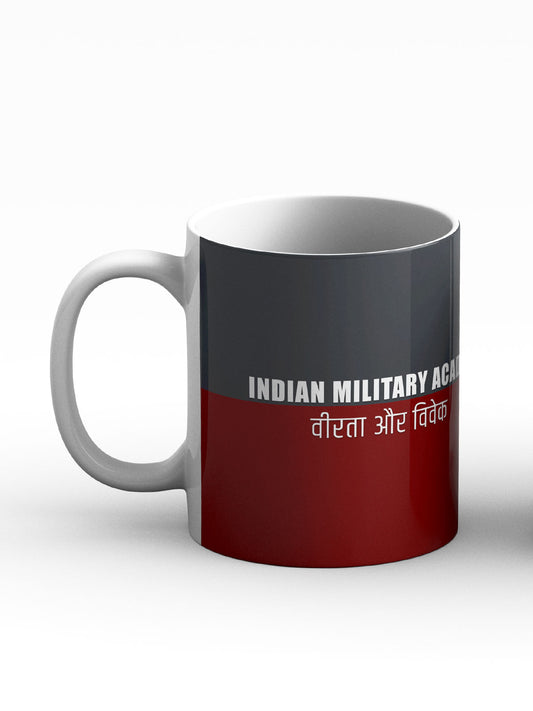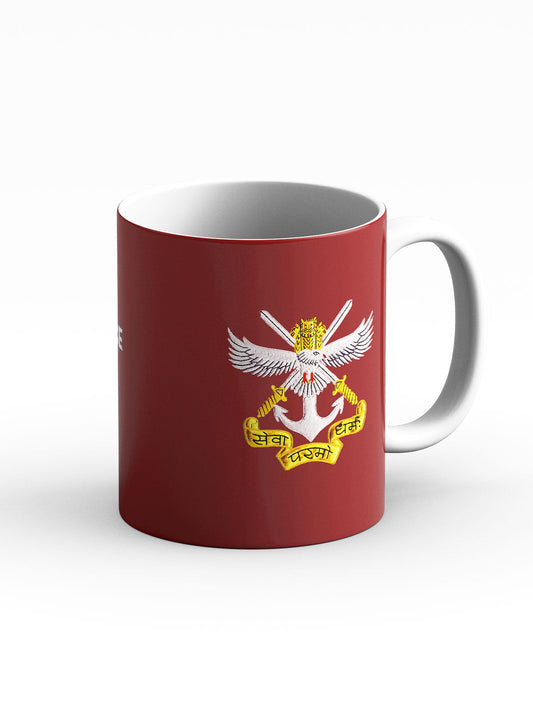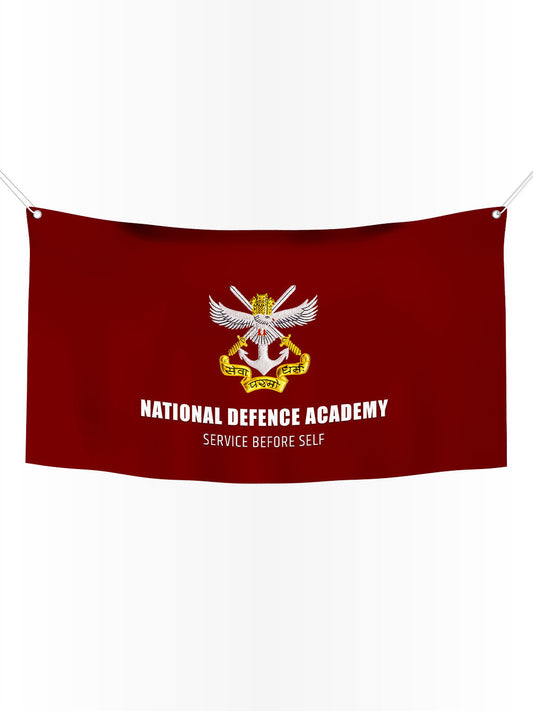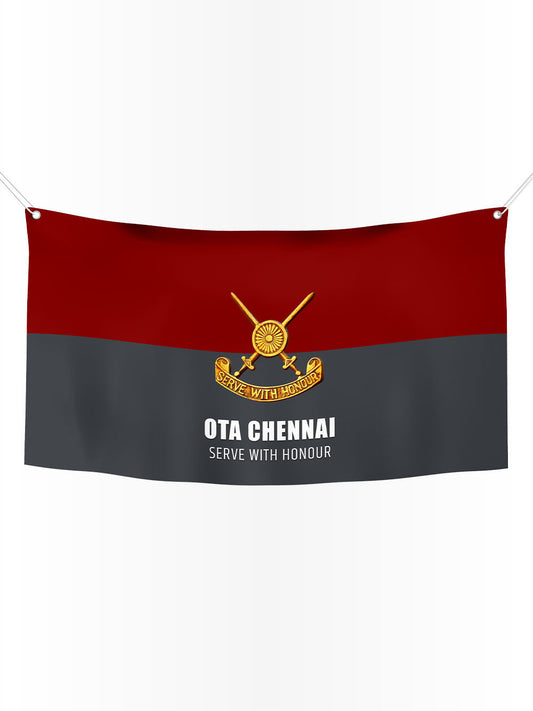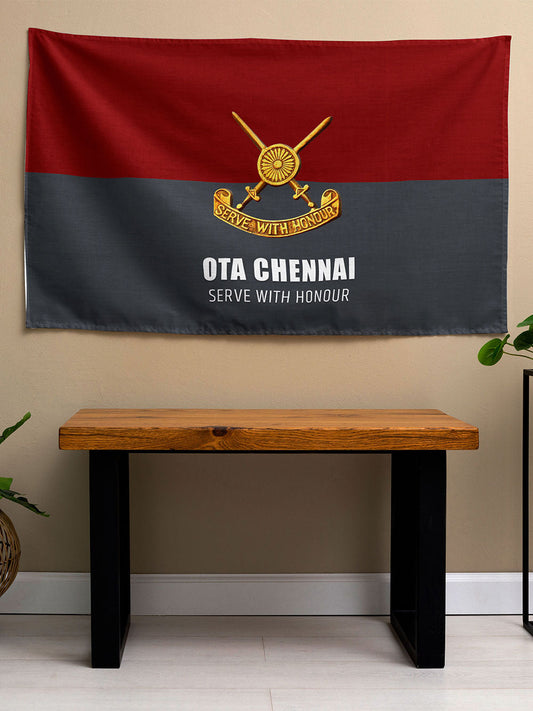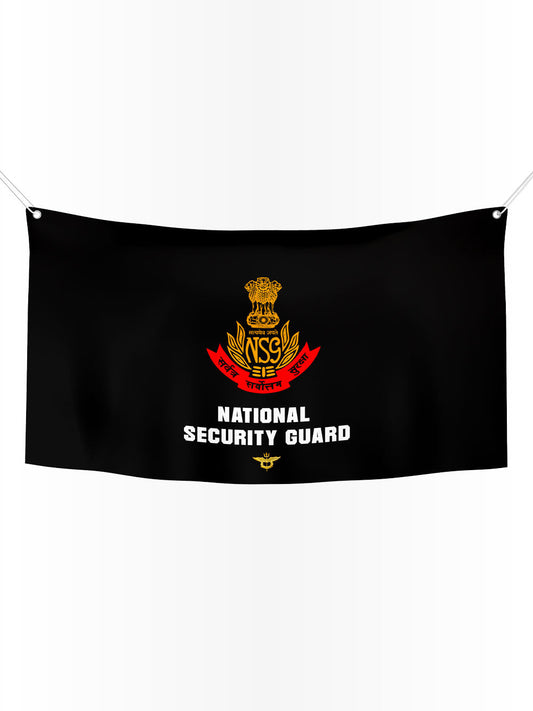Earning the Para Wing Badge in NCC: A Comprehensive Guide for 2025
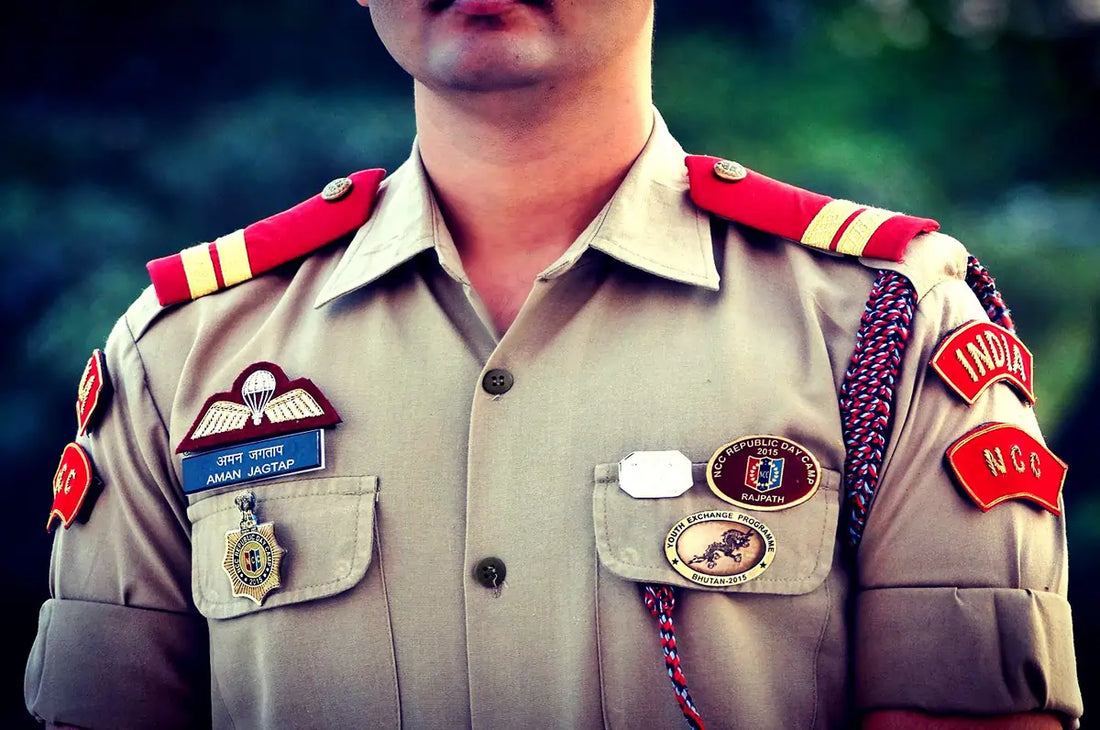
The Para Wing Badge stands as a prestigious accolade in the National Cadet Corps (NCC), representing courage, discipline, and expertise in airborne operations. Achieving this badge demands dedication, physical fitness, and the successful completion of challenging parachute training. For cadets aiming to join the ranks of elite paratroopers, understanding the entire process is crucial to transforming ambition into achievement.
In recent times, with modifications to training protocols and more opportunities for cadets, an increasing number of young individuals are pursuing this badge. According to the latest guidelines from 2025, the path to earning this badge involves meeting specific eligibility criteria, following application procedures, and undergoing intensive training at specialized facilities. This guide provides a detailed overview, using current practices to help cadets effectively navigate their journey.
Eligibility and Requirements
Obtaining the Para Wing Badge in the NCC starts with fulfilling strict eligibility criteria that ensure only well-prepared cadets undertake the rigorous training. As of 2025, cadets must have been enrolled in the NCC for at least one year, typically in the senior division, and must demonstrate a robust record of participation in camps and activities. Physical fitness is crucial, with requirements such as passing medical examinations, achieving minimum scores in endurance tests, and being between 17 and 21 years old for most programs. Recent data indicates that more than 80% of successful candidates have previous experience in adventure activities like rock climbing or trekking, which build the necessary resilience.
The application process for the Para Basic Course, which leads to the badge, is highly competitive. Cadets apply through their NCC units, and selections are based on merit, including academic performance and leadership qualities. In 2024, about 500 cadets across the nation were chosen for para training slots, underscoring the need for outstanding profiles. Updated requirements now stress mental preparedness, with psychological evaluations ensuring cadets can manage high-stress scenarios like free-fall jumps.

To qualify, cadets must complete prerequisite certifications, such as obtaining the 'C' certificate in NCC, and secure recommendations from unit commanders. Recent trends show a focus on gender inclusivity, with both boys and girls participating equally in para jumps, as demonstrated by mixed-gender training sessions in Agra.
| Eligibility Criterion | Requirement Details | Recent Data (2024-2025) |
|---|---|---|
| Age Limit | 17-21 years | 90% of trainees fall within this range |
| NCC Enrollment | Minimum 1 year, Senior Division | 75% have 2+ years experience |
| Physical Fitness | Pass endurance tests (e.g., 5km run under 25 min) | Average passing rate: 85% |
| Medical Clearance | Full health check, no vision/hearing impairments | Rejection rate: 10% due to medical issues |
These criteria are designed to ensure safety and efficiency in training. Cadets should prepare by maintaining peak physical condition and actively participating in NCC camps to enhance their resumes.
| Required Documents | Purpose | Submission Timeline |
|---|---|---|
| Application Form | Basic details and consent | 3 months before course |
| Medical Certificate | Health verification | At selection stage |
| NCC Certificate | Proof of enrollment | With initial application |
| Recommendation Letter | From unit commander | During merit review |
The Training Process
The core component of earning the Para Wing Badge is the Para Basic Course, which is usually conducted at the Army Airborne Training School (AATS) in Agra. This 4-week program, updated in 2024 to include advanced simulation training, covers ground preparation, static line jumps, and free-fall techniques. Cadets begin with theoretical classes on parachute mechanics, safety protocols, and emergency procedures, followed by practical drills like tower jumps and aircraft familiarization. Recent sessions in September 2025 saw cadets successfully completing their first jumps under expert supervision, with a success rate exceeding 95% for initial descents.
Training then advances to actual parachuting, requiring a minimum of 5 jumps, including one night jump with a battle load from an altitude of at least 1000 feet. Data from 2024 shows that cadets perform an average of 7 jumps during the course, thereby building confidence and skill. Instructors from the Indian Army's parachute regiments oversee the training, incorporating lessons from real-world operations to enhance realism.

Post-jump evaluations assess landing accuracy, equipment handling, and overall performance. Upon successful completion, cadets are awarded the Para Wing Badge, a symbol of airborne proficiency worn on their uniforms. With recent technological integrations like virtual reality simulators, training efficiency has improved, reducing injury rates by 15% compared to previous years.
| Training Phase | Duration | Key Activities | Success Metrics (2025) |
|---|---|---|---|
| Ground Training | 1 week | Theory, fitness drills, tower jumps | 100% completion rate |
| Static Line Jumps | 2 weeks | Basic descents from aircraft | Average 4 jumps per cadet |
| Advanced Jumps | 1 week | Night jumps, load-bearing | 92% pass rate |
The process emphasizes teamwork, with cadets often training in groups to simulate unit operations. Preparation tips include practicing breathing techniques to manage altitude stress.
| Jump Requirements | Details | Recent Updates |
|---|---|---|
| Minimum Jumps | 5 total, including 1 night jump | Increased to include simulation jumps in 2024 |
| Altitude | At least 1000 feet | Average training altitude: 1200 feet |
| Load | Battle load for one jump | Weight: 20-30 kg |
| Evaluation | Landing precision, safety adherence | Scoring system updated for fairness |
Benefits and Preparation Tips
Beyond the badge itself, earning the Para Wing opens avenues to numerous benefits, including improved career prospects within defense services. Cadets with this qualification often receive priority in selections for advanced NCC roles or even direct entries into the armed forces. Recent data from 2025 reveals that 60% of para-qualified cadets pursue military careers, with the badge serving as a testament to their discipline and adventurous spirit. It also enhances personal development, fostering leadership and resilience that extend into civilian life.
Preparation is crucial for success, and cadets are advised to focus on holistic training. This includes regular physical workouts, mental conditioning through meditation, and studying parachute fundamentals. Participating in pre-para camps organized by NCC units can provide a head start, with recent programs in 2024 emphasizing nutrition and injury prevention. Networking with alumni who have earned the badge offers valuable insights, as shared in various NCC forums.
Common challenges like fear of heights can be overcome through progressive exposure, and recent trends show increased support through counseling sessions. Ultimately, the badge not only adorns the uniform but also builds lifelong skills and memories.
| Benefit Category | Description | Impact Data (2024-2025) |
|---|---|---|
| Career Advancement | Priority in defense recruitments | 70% higher selection rate |
| Personal Growth | Improved discipline and confidence | Reported by 85% of awardees |
| Recognition | Uniform insignia and certificates | Awarded to 400+ cadets annually |
- Build stamina with daily runs and strength training.
- Study NCC manuals on airborne operations.
- Participate in mock jumps and simulations.
- Seek mentorship from experienced cadets.
- Maintain a balanced diet for optimal health.
| Preparation Tip | Why It Helps | Success Rate Boost |
|---|---|---|
| Physical Conditioning | Enhances endurance for jumps | +20% |
| Mental Training | Reduces anxiety | +15% |
| Pre-Course Camps | Practical exposure | +25% |
Conclusion
Earning the Para Wing Badge in the NCC is a transformative journey that combines physical prowess, mental resilience, and unwavering commitment. By adhering to the eligibility requirements, excelling in the training process, and utilizing preparation tips, cadets can achieve this esteemed honor. As of 2025, with evolving programs and inclusive opportunities, more aspiring paratroopers are realizing their dreams.
This badge not only signifies airborne expertise but also embodies the spirit of adventure and service central to the NCC. Cadets who embark on this path contribute to a legacy of excellence, inspiring future generations to reach new heights.
